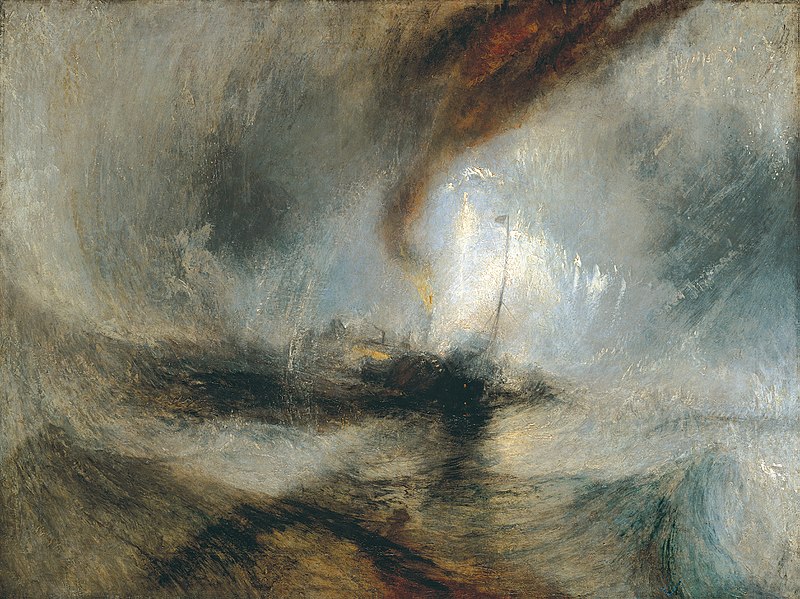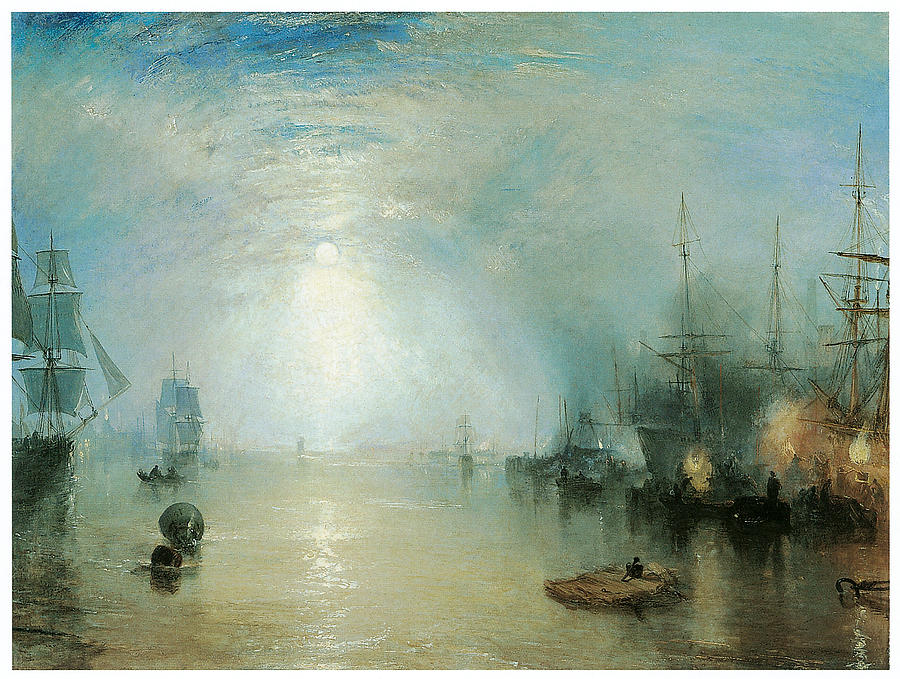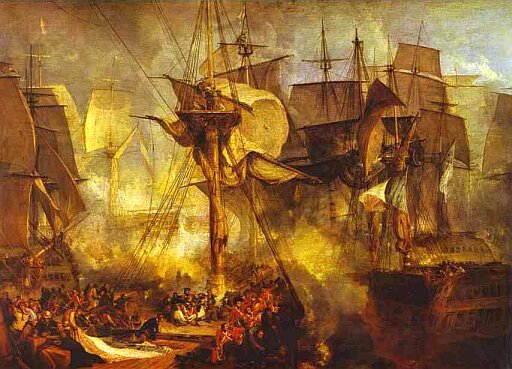Turner and the Sea
National Maritime Museum
22 November-21 April 2014
p>Opening on 22 November 2013, Turner and the Sea at the National Maritime Museum is the first full-scale examination of J.M.W Turner’s lifelong fascination with the sea. Dramatic, contemplative, violent, beautiful, dangerous and sublime – the sea was the perfect subject to showcase Turner’s singular talents, and the 120 pieces on display include some of the most celebrated paintings of the artist’s long career.
The extraordinary quality of the works gathered together for Turner and the Sea confirms his status as the pre-eminent painter of water, and demonstrates his unique ability to represent the elemental power of the sea. The exhibition features items on loan from some of the world’s most prestigious artistic institutions including: The National Gallery, Tate, Yale Center for British Art, British Museum, Metropolitan Museum of Art, Royal Collection Trust, Calouste Gulbenkian Foundation, Lisbon and National Gallery of Art, Washington.
From his transformative Royal Academy paintings of the late 1790s and early 1800s to the unfinished, experimental seascapes he produced towards the end of his life, more than half of Turner’s artistic output depicted maritime subjects. It should come as no surprise that a man who spent much of his life along the coastlines of Britain and Europe, who spent days fishing the river Thames, and who reportedly had himself lashed to the mast of a ship to better paint a storm at sea, captured this subject so often and with such evocative mastery. Nonetheless, the sheer volume of material Turner created in his quest to depict the sea is remarkable.

The Fighting ‘Temeraire’ (1839),

Snow Storm – Steam-Boat off a Harbour’s Mouth (1842),

Staffa, Fingal’s Cave (1832), ‘

Now for the Painter’ (1827),

Keelmen Heaving in Coals by Moonlight (1835),
Whalers (c.1845)

and Calais Pier (1803)
will all be shown, alongside works by other major British and European artists, including Willem van de Velde, Claude-Joseph Vernet, Thomas Gainsborough, Nicholas Pocock, John Constable and Richard Parkes Bonington. Turner and the Sea re-evaluates the compelling appeal of the sea for Turner and his contemporaries, and gives visitors the opportunity to see the ways in which he responded to the art of the past, while challenging his audiences with a new and exciting maritime vision.
Further highlights include: Turner’s largest painting and only royal commission,

The Battle of Trafalgar (1824),
one of the jewels in the National Maritime Museum’s fine art collection;

Fishermen at Sea,
the first oil painting Turner exhibited at the Royal Academy;

The Wreck of a Transport Ship (c.1810),
not seen in London since 1970s,
displayed alongside

The Shipwreck (1805)
and Calais Pier – (above)
the first time these three storm paintings have been shown together;

and The Wreck Buoy (1849),
Turner’s last exhibited marine painting.
Encompassing oils, watercolours, prints and sketches, the exhibition follows Turner’s progression from newly-elected Royal Academician to one of the country’s most celebrated artists. While his style changed considerably, his virtuoso showmanship remained a dazzling constant. Turner and the Sea examines the artist’s new and often unexpected response to the prestigious history of European marine painting, as well as the relish with which he competed with other artists of his generation, ultimately leaving them in his wake as he took his work in a new, uninhibited and innovative direction.
Having begun by responding to the artists of the 17th century at the start of his career, the works from the end of Turner’s life seem almost as if they could come from the 20th century. As he left behind the rules and conventions of maritime art, dividing critics and public alike, Turner created a unique vision of the overwhelming power of nature – the final stage in a lifelong engagement with the sea.

Turner and the Sea is accompanied by a richly illustrated catalogue authored by exhibition curators Christine Riding and Richard Johns. Published in November 2013, the catalogue will explore and celebrate Turner’s lifelong fascination with the sea, while also setting his work within the context of marine painting in the 19th century. Also entitled Turner and the Sea, the catalogue will be published by Thames and Hudson.